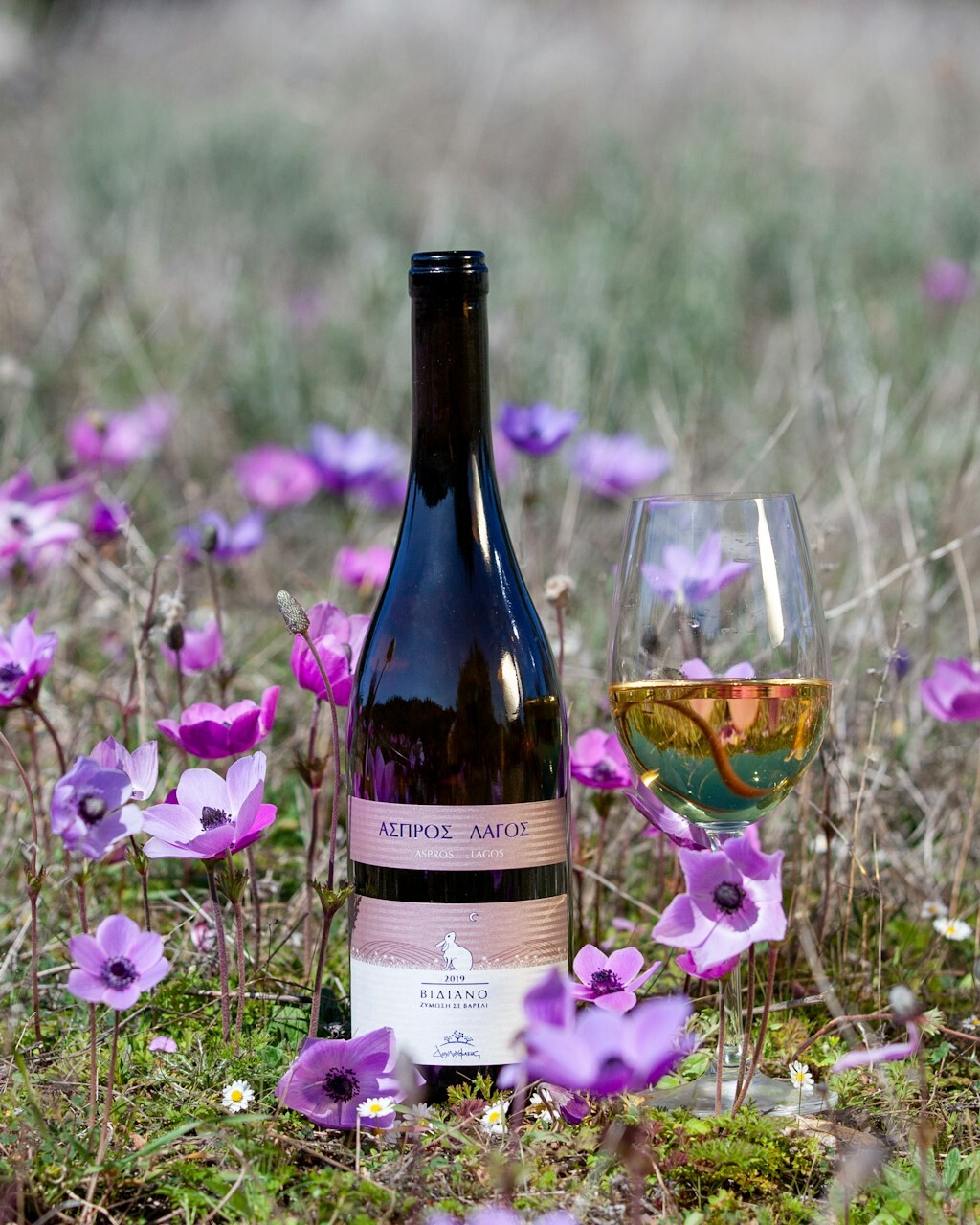Pairing chocolate with wine is an art and a science, requiring a delicate balance of flavours and textures. When done right, the combination can create a symphony of taste that delights the senses. Whether you’re a seasoned wine connoisseur or a chocolate lover looking to explore new horizons, this guide will help you navigate the delicious world of chocolate and wine pairing.
Understanding the Basics
Before diving into specific pairings, it’s important to understand the basics of flavour profiles and how they interact. Chocolate, much like wine, comes in various forms and flavours, ranging from the rich bitterness of dark chocolate to the creamy sweetness of milk chocolate. Wine, with its diverse range of tastes and aromas, offers a perfect companion to chocolate’s complexity.
The key to a successful pairing is balance. The intensity of the wine should match the intensity of the chocolate. Here are a few principles to keep in mind:
- Sweetness: The wine should be at least as sweet as the chocolate to avoid unpleasant bitterness.
- Intensity: Pair light wines with lighter chocolates and bold wines with richer, more intense chocolates.
- Tannins: Tannic wines work well with darker chocolates, as the bitterness in both can complement each other.
Perfect Pairings
Dark Chocolate and Cabernet Sauvignon
-
- Why it works: Dark chocolate, with its high cocoa content and slight bitterness, pairs beautifully with the bold, tannic structure of Cabernet Sauvignon. The wine’s dark fruit flavours, such as blackberry and plum, enhance the richness of the chocolate, creating a harmonious blend of tastes.
- Tip: Look for a Cabernet with softer tannins to avoid overpowering the chocolate.
Milk Chocolate and Merlot
-
- Why it works: Milk chocolate’s creamy sweetness pairs wonderfully with the smooth, fruit-forward profile of Merlot. The wine’s soft tannins and notes of cherry and plum complement the chocolate’s mild cocoa flavour.
- Tip: Choose a Merlot with a hint of oak for an added layer of complexity.
White Chocolate and Moscato d’Asti
-
- Why it works: White chocolate, with its buttery and vanilla notes, pairs excellently with the sweet, slightly effervescent Moscato d’Asti. The wine’s light, fruity flavours and refreshing acidity balance the richness of the white chocolate.
- Tip: Serve the Moscato chilled to enhance its crispness and contrast with the creamy texture of the chocolate.
Chocolate with Nuts and Tawny Port
-
- Why it works: The nutty, caramel flavours of Tawny Port are a natural match for chocolate containing nuts. Whether it’s hazelnuts, almonds, or pecans, the port’s rich, sweet profile enhances the nutty elements in the chocolate.
- Tip: Opt for a well-aged Tawny Port to fully appreciate the depth of flavours.
Dark Chocolate with Sea Salt and Zinfandel
-
- Why it works: The salt in the chocolate amplifies the wine’s fruitiness and spice, while the dark chocolate adds a layer of complexity. Zinfandel, with its bold, jammy flavours and peppery finish, complements the savoury-sweet combination.
- Tip: Look for a Zinfandel with a balanced acidity to keep the pairing from becoming too heavy.
Tips for a Successful Pairing
- Experiment: Everyone’s palate is different, so don’t be afraid to try new combinations and find what works best for you.
- Consider the Occasion: Pairings can vary based on the context—whether it’s a casual gathering, a romantic dinner, or a festive celebration.
- Presentation: Serve chocolate at room temperature to best appreciate its flavours and textures. For wine, follow standard serving temperature guidelines to enhance its characteristics.
Pairing chocolate and wine is a delightful journey that combines two of life’s greatest pleasures. By understanding the basics and experimenting with different combinations, you can create memorable experiences for yourself and your guests. So, the next time you’re enjoying a glass of wine, consider reaching for a piece of chocolate and discover the magic that happens when these two worlds collide.




